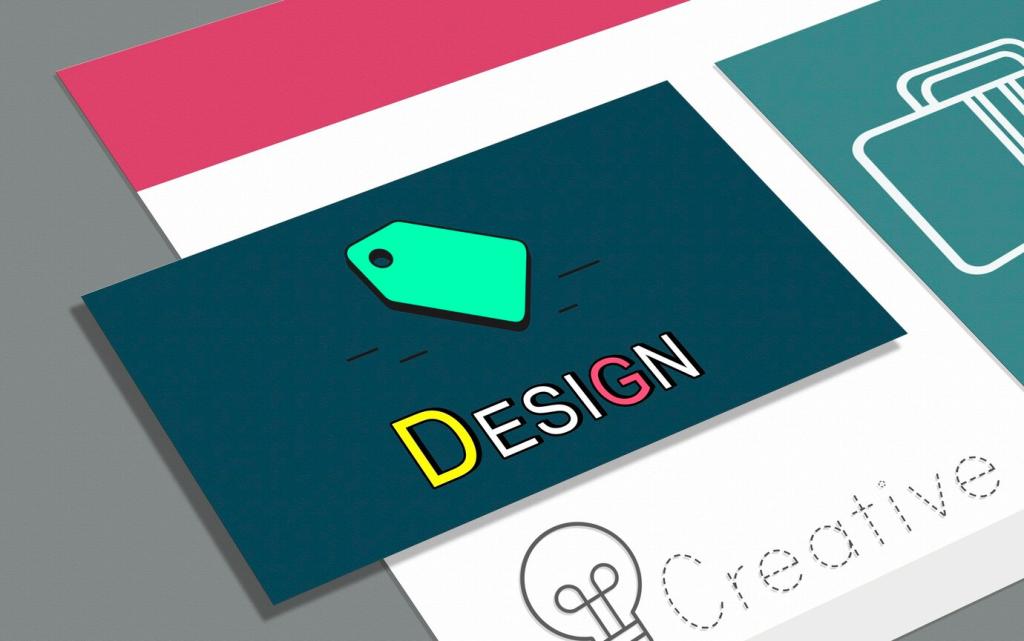Enhancing User Experience with Personalized Mobile Interfaces
Chosen theme: Enhancing User Experience with Personalized Mobile Interfaces. Welcome to a space where every swipe feels uniquely yours. We explore how thoughtful personalization transforms mobile moments into meaningful experiences. Subscribe and join our community shaping intuitive, human-centered apps.
Why Personalization Matters in Mobile UX
Personalized mobile interfaces reduce cognitive load and create a sense of recognition, like a barista who remembers your order. When interfaces anticipate needs, people feel valued, which deepens trust and long-term engagement.

Design Patterns for Adaptive Interfaces
Progressive Disclosure Done Right
Reveal advanced options only after a user shows interest through behavior. This keeps interfaces clean for newcomers while empowering experienced users who want deeper control without extra friction.
Context-Aware Navigation
Use location, time, and recent activity to prioritize navigation items. For instance, surfacing commute information in the morning or favorite playlists after work reduces taps and accelerates outcomes.
Adaptive Cards and Slots
Design flexible content slots that rearrange based on signals like frequency, recency, and implicit preferences. A card system allows predictable structure while still feeling uniquely tuned to each person.

Responsible Data and Privacy for Personalization
Consent as a Conversation
Explain what is collected, why it matters, and how it improves the experience. Offer granular controls and easy opt-outs. Respectful consent boosts participation and reduces churn from privacy fatigue.
Collect Less, Achieve More
Start with lightweight signals such as on-device interactions before requesting sensitive data. Prove value early, then invite deeper sharing only when it meaningfully benefits the user journey.
On-Device Intelligence
Where possible, process personalization signals on device to reduce risk and latency. This approach aligns with privacy expectations while enabling fast, contextually relevant adaptations.
Machine Learning That Feels Human
Explainability Builds Trust
Offer simple reasons for recommendations, such as because you often read travel news on Sundays. Short explanations increase acceptance and help users correct models when suggestions miss the mark.
Soft Defaults and Gentle Nudge
Personalized suggestions should guide, not lock. Present soft defaults, easy dismissals, and recoverable actions, so people feel supported while staying fully in control of their choices.
Continuous Learning, Not Guessing
Let users nudge the system with feedback controls like more like this, less like this, or mute this topic. Explicit signals steer models toward relevance faster than passive observation alone.
Tone, Microcopy, and Emotion in Personalization
Situational Voice Modulation
Adopt a calmer tone during error states and a celebratory tone for achievements. Personalization shines when the interface mirrors the user’s moment, not just their profile attributes.
Names and Boundaries
Use a person’s name sparingly and meaningfully. Overusing direct address can feel performative. Prioritize content relevance over personalization theatrics to maintain authenticity and comfort.
Anecdote: The Commuter App
A transit app we tested shifted tone on rainy mornings, offering a friendly umbrella reminder and faster route cards. Riders reported feeling genuinely cared for, boosting daily retention significantly.
Adaptive Contrast and Text Size
Allow users to set preferred contrast and dynamic type that persist across sessions. Consider session context like daylight or night, then adjust safely without negating user overrides.
Input Flexibility
Support voice, gesture, and switch controls as first-class inputs. Personalized shortcuts should respect these modalities, keeping essential actions reachable and consistent across the interface.
Cultural and Linguistic Nuance
Personalization must respect language preferences, calendar systems, and local norms. Avoid assumptions about humor or idioms. Test with diverse audiences to validate tone and utility across cultures.
Measuring Impact and Iterating Safely
Define North Star Outcomes
Track metrics that reflect real user value, such as task completion time, satisfaction, and retention, rather than vanity metrics. Personalization should reduce friction and increase meaningful engagement.


What personalized feature delighted you recently, and why? Share a quick anecdote. Your real-world insights guide future deep dives and design experiments for the community.

Join our newsletter for practical templates, pattern libraries, and ethical checklists focused on enhancing user experience with personalized mobile interfaces. Fresh insights, delivered thoughtfully.

What open question about personalization keeps you curious? Propose a topic, and we will investigate with prototypes, interviews, and case studies, then share results with everyone.
